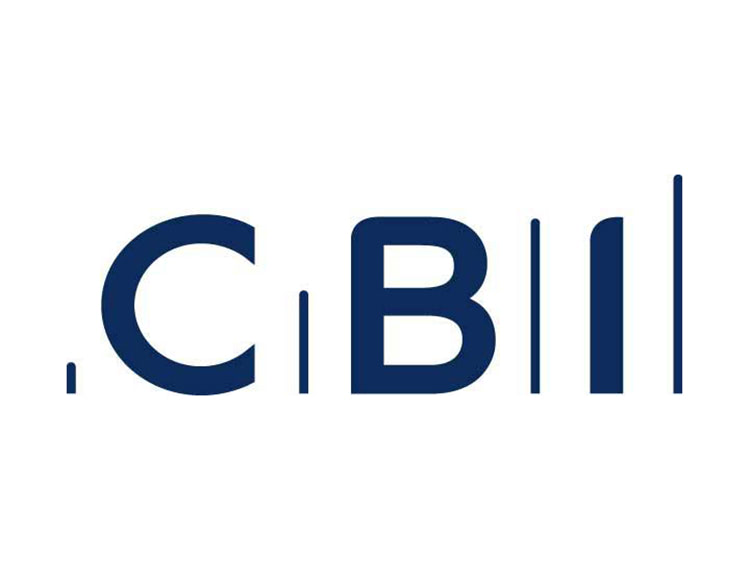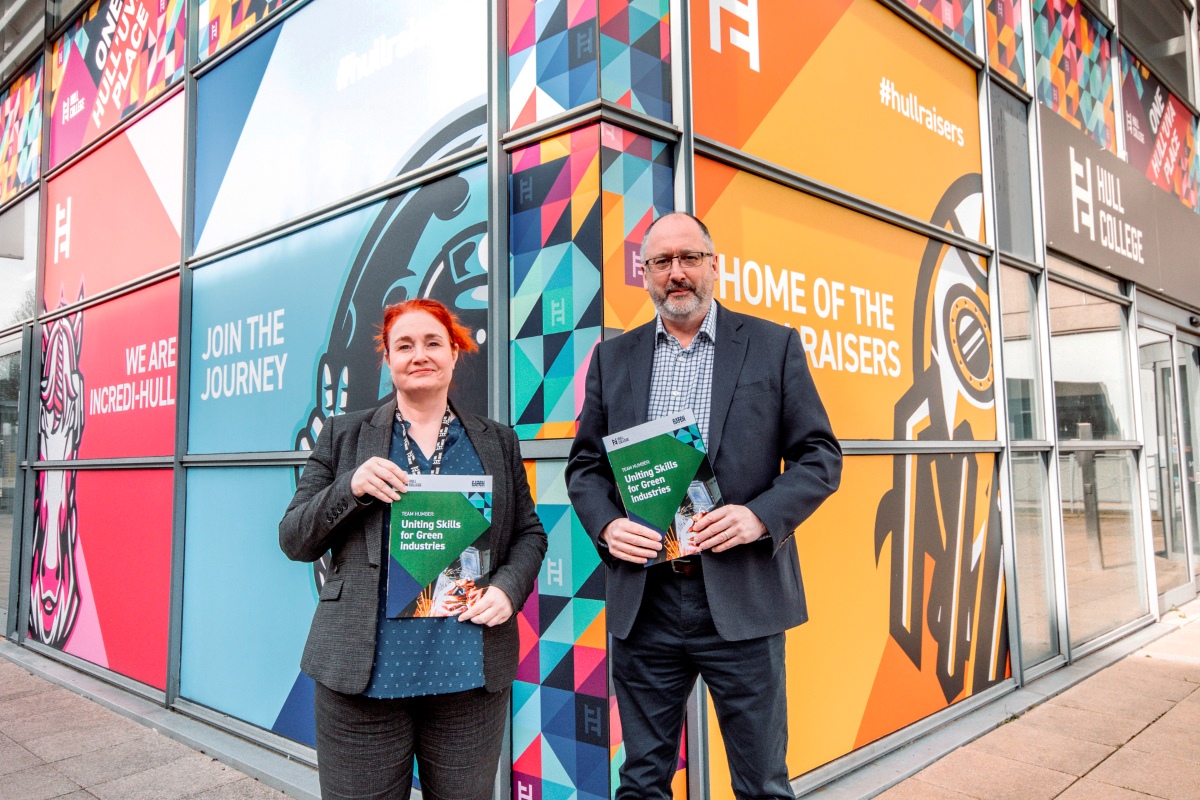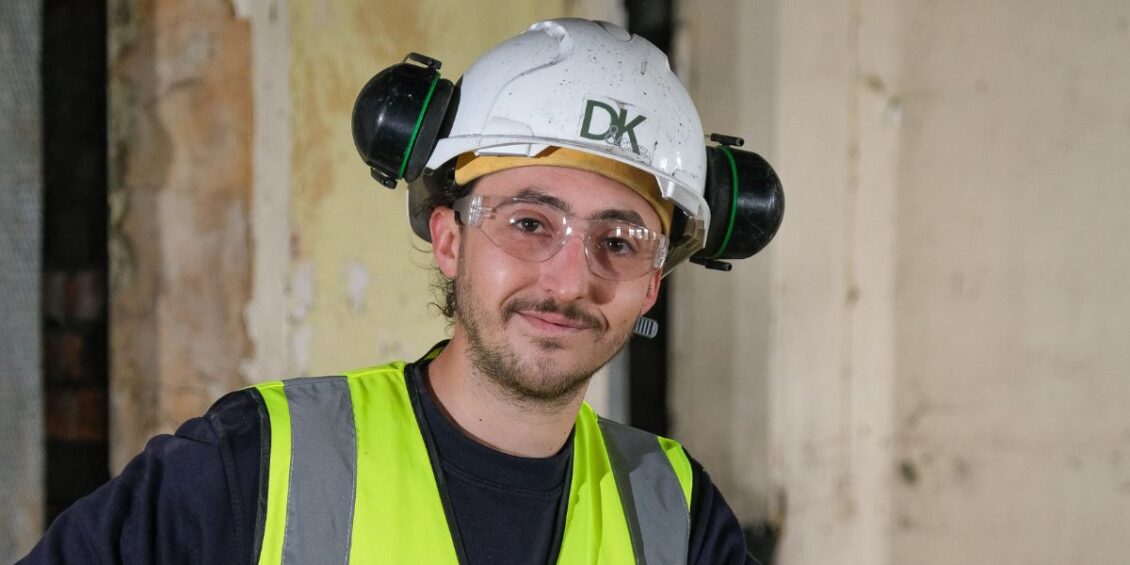UK GDP growth picks up slightly in Q2

The ONS’ preliminary estimate of UK Q2 GDP showed that growth picked up slightly to 0.4% after a weather-addled Q1. Prior to the release, surveys and official data pointed to firmer economic momentum in Q2, and the outturn was in line with the Bank of England’s forecasts. Partly as a result, the Monetary Policy Committee (MPC) voted unanimously to raise rates by 25 basis points to 0.75% in August. However looking ahead, growth momentum in early Q3 looks to be more mixed.
The ONS’s preliminary estate of Q2 GDP indicated that the UK economy grew by 0.4%, marking a small pick-up in growth from Q1 (0.2%) which was hit by the bad weather. This was in line with the CBI’s expectations. Anecdote from the ONS suggested that warmer weather throughout Q2 played some role in supporting food & drink sales in the retail sector and boosting construction output. Nevertheless, the expenditure breakdown of growth was not reassuring with the largest contributions coming from fairly volatile components such as inventories and the acquisitions of valuables. Furthermore, net trade dragged sharply on growth (-0.8pp) for the first time since Q4 2016. This was driven by a large fall in exports of 3.6% (which was partially offset by a 0.8% drop in imports).
Survey data on growth in early Q3 is more mixed. The CBI’s growth indicator suggests a further (modest) pick-up in growth in the three months to July, but the Purchasing Managers Indices (PMIs) point to a slight softening in activity. In the CBI’s data, consumer-facing firms are seeing a short-term boost from recent good weather, with CBI data showing that consumer services witnessed the first expansion in volumes in five months while retail saw growth for the first time since September 2017. Nevertheless, underlying conditions for these sectors remain tough, with consumers continuing to be squeezed by weak real wage growth.
Meanwhile, the CBI’s quarterly Industrial Trends Survey showed manufacturing output growing at the fastest pace in a year. Orders grew at a steady pace, export orders in particular continuing to rise strongly. However, capacity pressures have ramped up and concerns that labour shortages would restrain capital spending increased to the highest on record. Investment intentions for “intangible” assets also turned negative, with planned spending on product and process innovation and training and re-training expected to fall at the fastest rate since 2009. Anecdote from respondents suggests that this is mainly due to Brexit uncertainty, with other firms citing cost pressures and investment cycles maturing after a period of elevated capital spending in these areas.
“Super Thursday” saw the Bank of England’s MPC vote unanimously (9-0) to increase rates by 25 basis points to 0.75% in August. The decision to hike rates was in line with the CBI’s and consensus expectations. The MPC’s decision was supported by UK economic activity regaining some of its momentum in Q2 after a weak Q1 (due to the poor weather), consistent with the MPC’s forecasts in May. The Committee also have their eye on the tightness in the UK labour market, and the potential for this to push up wage pressures going forward.
The MPC’s guidance on the future path of rate rises remained unchanged: an ongoing tightening in monetary policy will be necessary to return inflation to target, assuming that the economy evolves in line with the MPC’s forecast. Crucially, this is because the Bank expect the UK economy to continue growing above its “potential” rate (the rate of growth consistent with stable inflation). They believe that even the tepid growth that they expect is enough to push inflation above the MPC’s 2% target – hence the need for further rate rises ahead.












Responses